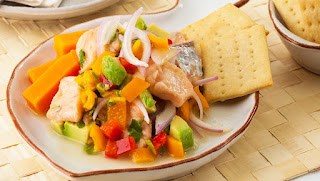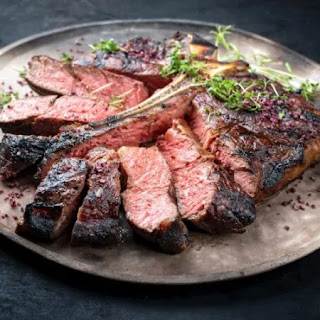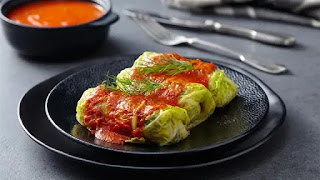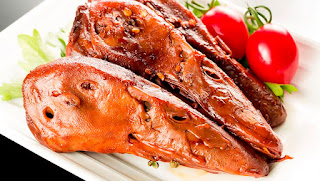Probably the most famous of all British dishes alongside fish and chips, the Sunday roast is traditionally made for Sunday lunch, the big family meal of the week. Depending on the region, some cut the meat into thin slices in the kitchen and bring it to the table, while others put it on the family table for everyone to enjoy the view. Although beef is the most traditional choice, lamb, duck, goose, pork or turkey are also often used for a Sunday roast. Meat is almost always accompanied by fried potatoes, broccoli, fresh seasonal vegetables such as kale and parsley, carrots with cilantro, and a thick, rich sauce. As a side dish, Yorkshire puddings are served on the same plate, cooked under the meat, dripping juicy meat droplets. The Sunday roast is not only the dish of the week, but also a philosophy that represents family, friends, love, friendship and sharing. ENJOY YOUR MEAL







































